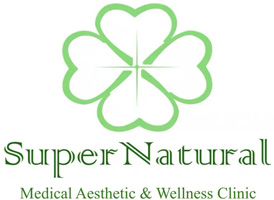PRP, platelet-rich plasma, is a treatment used in dermatology for skin rejuvenation. It involves withdrawing a small amount of the patient’s blood and spinning it in a centrifuge to separate the platelets from other components of the blood. The platelets are then injected back into the patient’s skin, typically in areas that show signs of aging or damage, such as the face, neck, or hands.
FAQ :

- What are the benefits of PRP for skin rejuvenation?
The platelets in PRP contain growth factors and other proteins that stimulate cell growth and repair. PRP also promotes collagen production and tissue regeneration. This can improve skin texture, tone, and elasticity, while reducing the appearance of fine lines, wrinkles, and scars.
- How often should you get PRP treatment done?
It’s recommended that a series of 3 treatments is done around 4-6 weeks apart to see desired results.
- How can I prepare for the PRP treatment?
Patients should avoid blood thinners and medications like Aspirin in the week leading up to treatments, as these can increase the risk of bleeding and bruising. Furthermore, alcohol should also be avoided the day before treatment.
